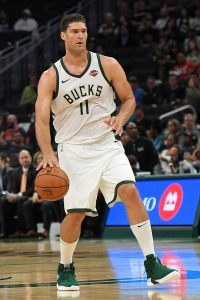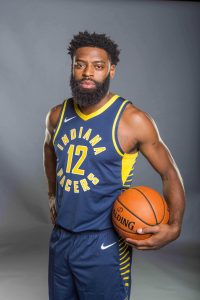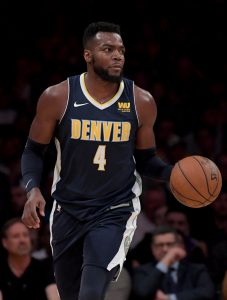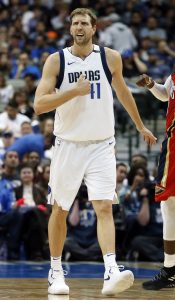As Larry Coon explains in his invaluable CBA FAQ, the term “base year compensation” technically no longer shows up in the NBA’s Collective Bargaining Agreement, and hasn’t since 2011. A relic of past agreements, the base year compensation rule was intended to prevent teams from signing free agents to new contracts that were specifically intended to facilitate salary-matching in trades.
While the base year compensation rules have mostly been adjusted and/or removed from the CBA in recent years, there’s still one situation where they apply. Teams have to take them into account when completing sign-and-trade deals.
The BYC rules apply to a player who meets the following criteria in a sign-and-trade:
- He is a Bird or Early Bird free agent.
- His new salary is worth more than the minimum.
- He receives a raise greater than 20%.
- His team is at or above the cap immediately after the signing.
If the player meets those criteria and is included in a sign-and-trade deal, his outgoing salary for matching purposes is considered to be his previous salary or 50% of his new salary, whichever is greater. For the team he is being signed-and-traded to, his incoming figure for matching purposes is his full new salary.
Here’s a specific example to help make things a little clearer: Let’s say the Celtics want to sign-and-trade Kyrie Irving this offseason. He’s a Bird free agent, his new salary will be well above the minimum, and the Celtics project to be an over-the-cap team. Having made $20,099,189 in 2018/19, Irving will also receive a raise significantly higher than 20% if he inks a maximum salary contract, which is projected to start at $32,700,000. So he meets the BYC criteria.
In that scenario, Irving’s salary for matching purposes from the Celtics’ perspective would be $20,099,189, since his previous salary is greater than 50% of his new salary. From his new team’s perspective, Irving’s incoming figure would be his actual salary, $32,700,000.
Typically, a team acquiring a player via sign-and-trade doesn’t have the cap room to sign the player outright, or else there would be little need to negotiate a sign-and-trade. That means salary matching is often required, and is complicated by base year compensation rules.
In this example, the Celtics wouldn’t be able to take back more than $25,223,986 in exchange for Irving, due to the league’s salary-matching rules. However, in order to take on $32,700,000 in salary, Boston’s trade partner would have to send out at least $26,080,000 in order to account for those salary-matching rules themselves. The discrepancy between those two figures would complicate sign-and-trade talks, likely requiring both teams to include additional pieces to make the deal work.
The base year compensation concept doesn’t surface frequently, as there have only been four sign-and-trades completed around the NBA in the last four offseasons. However, it looms large over most sign-and-trade attempts, reducing the likelihood of teams finding a deal that can be legally completed.
Note: This is a Hoops Rumors Glossary entry. Our glossary posts will explain specific rules relating to trades, free agency, or other aspects of the NBA’s Collective Bargaining Agreement. Larry Coon’s Salary Cap FAQ and salary information from Basketball Insiders was used in the creation of this post.


 The salary limitations that apply to Non-Bird rights are more severe than those pertaining to Bird rights or Early Bird rights, so in many cases, the Non-Bird exception may not be enough to retain a well-regarded free agent. For instance, the Grizzlies held
The salary limitations that apply to Non-Bird rights are more severe than those pertaining to Bird rights or Early Bird rights, so in many cases, the Non-Bird exception may not be enough to retain a well-regarded free agent. For instance, the Grizzlies held 
